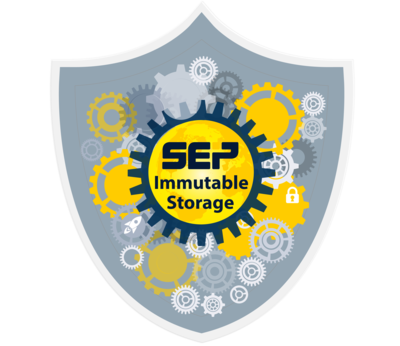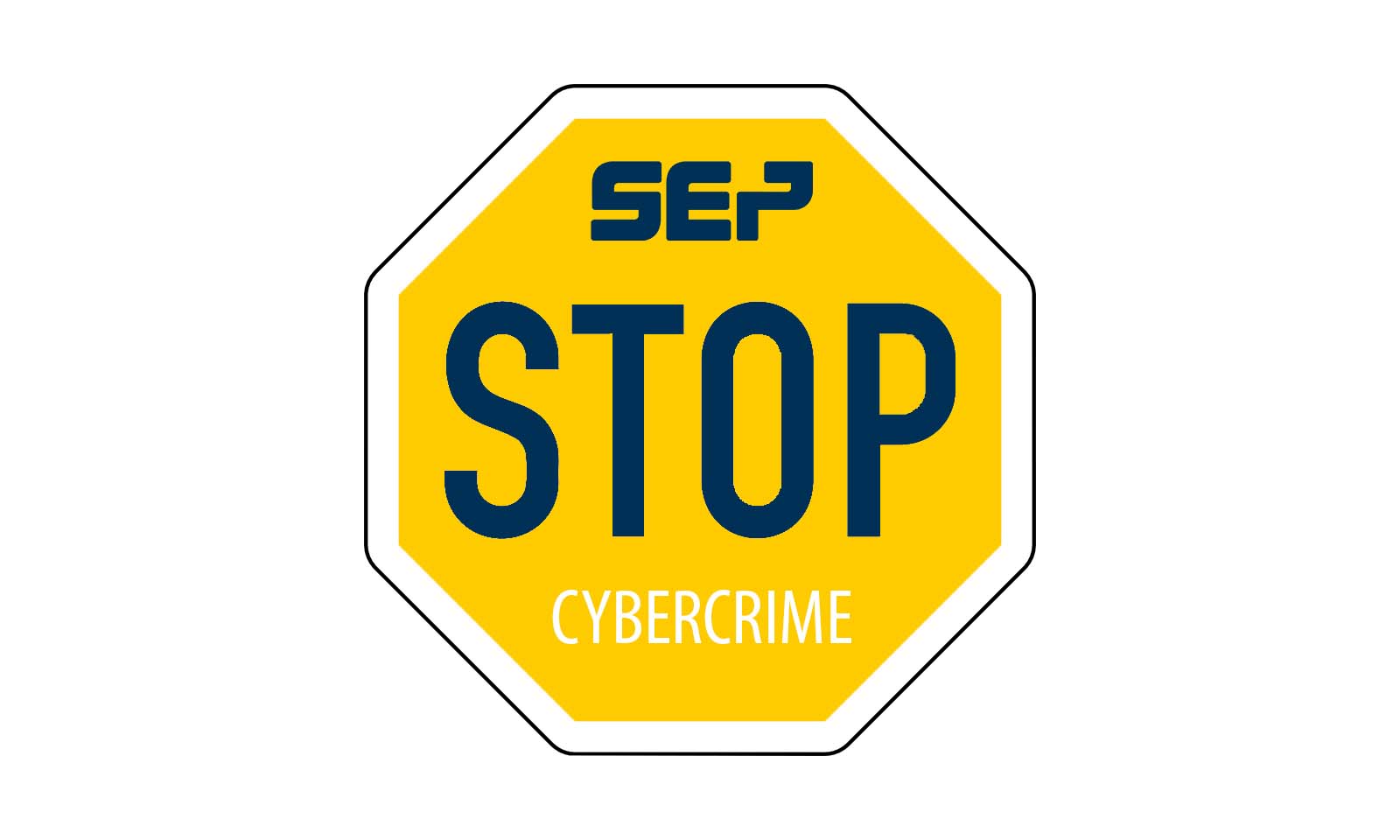
SEP sesam immutable Storage (SiS)
Special ransomware protection: SEP Immutable Storage (SiS) offers a file storage function that is resistant to ransomware attacks and is based on Si3 NG under Linux. Even with full admin access to the SEP sesam backup server, attackers cannot delete, modify or encrypt the data stored on SiS.
Danger scenarios: Threat to administrator access to the backup server
Attackers typically compromise multiple accounts in an attempt to gain access to administrator accounts in order to launch the ransomware. The targeted administrator accounts include backup administrator credentials, which provide a backdoor to access relevant environment data stored in a single location. The backup environment provides a good starting point, as the backup server has access to critical systems such as the virtualisation environment and storage locations.
SiS - SEP Immutable Storage (unchangeable storage)
SiS is a very effective protection against ransomware attacks, as backups are increasingly becoming one of the targets of attacks, so these ransomware attacks could delete, modify or encrypt the backups.
SEP Immutable Storage, also called Si-Storage or SiS, prevents this!
SEP sesam Immutable Storage for directly attached Linux Filesystem Storage ensures that stored data remains completely static in its original and unaltered form throughout its lifetime. This means that organisations can quickly recover from a ransomware attack, even if they have lost access to their data and servers, by using stored data copies that have remained unchanged and intact to restore the entire operating environment.
With SiS, even with full admin access to the SEP sesam backup server, the attackers cannot delete the backup data or modify or encrypt it in any way. So it doesn't matter if the attacker has gained control of your backup servers, as you always have the uncompromised data and it can be used to restore your entire environment. SiS is based on the Si3 NG Deduplication Store, a special type of data store required for Si3 deduplication. Si3 NG is a new generation of Si3 data store that offers high performance for backup, restore and migration, as well as direct backup to S3. The new SiS functionality additionally offers built-in security features to maintain data integrity, such as a WORM (Write-Once-Read-Many) function, definable immutability (retention time to be set), audit logs, etc.
Based on the File Protection Service (FPS), which scans the file system and sets the Immutable Bit for all new objects, all data stored on SiS is marked as immutable at the time of storing and can no longer be changed. No object stored on SiS can be changed in any way: It cannot be renamed or removed, no links can be made to these objects, and its metadata cannot be accessed or changed. The objects with immutable attributes can only be displayed in read mode.
SiS is a storage location that can be written to once and read as often as necessary. This applies to all media pools connected to the SiS data store.

SiS Highlights at a glance
Resistant against ransomware attacks
Immutability ensures that the data is static, unchangeable and cannot be deleted. Attackers can therefore not change, encrypt or delete it, even if they have gained access to your backup environment.
Resistant to human error & malicious insider threats
No one from the inside, regardless of their role in the company and their user status, can intentionally or accidentally manipulate or delete the data.
Adherence to data security and compliance regulations
SiS can ensure that data is retained in accordance with industry and regulatory requirements by guaranteeing the immutability and authenticity of the data. The immutability guarantees the integrity of the data and its deletion after a certain period of time (retention time to be set).
Legal obligation to keep records
Ensures data authenticity in the event of litigation and the secure storage of sensitive information for a specified period of time.
Functionality
The Si3 NG Deduplication Store must be set up on a dedicated Linux server with SEP sesam installed and connected directly to the SEP sesam server via TCP network access to protect it from attacks via VM access.
Remote access is protected
When SSH access to the SiS server is enabled, completely different credentials than the SEP sesam Admin and Server Root must be used to prevent compromise and stored in a remote location that the SEP sesam server cannot access. Robust authentication and authorisation must be followed along with the Principles of Least Privilege and Separation of Duties (SOD). It is recommended that SEP sesam components only communicate over a restricted TCP port using non-root credentials.
Unchangeable data
Controlled access with flexible setting of data retention time while objects are WORM protected and immutable so that access to data is restricted - Data cannot be modified, encrypted or deleted.
No access permission
Once the immutability period is set, not even privileged accounts, such as an authorised backup administrator, can modify, prematurely expire or delete the retention.
Assured data integrity
Each object stored on SiS has its own hash value based on its content, ensuring its integrity. When updated data is stored in an immutable file system, it is stored in a new location so that only the changed block is written and the file location metadata is updated. In this way, the data in an immutable file system remains the same, while the metadata changes over time.
Guaranteed immutability through SiS
The immutability of SiS is based on the underlying file system. If old backup data is moved from SiS to another storage, e.g. to a cheaper archive storage in the cloud or to tape, SEP sesam no longer has ownership of the data, which is now in a domain of the chosen storage, and immutability is no longer guaranteed by SEP sesam.
What is supported with SiS?
SiS supports all backup job types that are otherwise supported by SEP sesam:
All path backups (file system)
All supported VM backup jobs: Citrix XEN Server/XCP-ng, Hyper-V, KVM QEMU, Nutanix AHV, OpenNebula, Oracle Linux Virtualization Manager (OLVM), Proxmox VE, Red Hat Virtualization (RHV), VMware vSphere
All supported database backups: IBM DB2, Informix, MS SQL, MySQL/MariaDB, Oracle, PostgreSQL, SAP, SAP ERP with MaxDB
All supported groupware backups: GroupWise, HCL (IBM) Domino, Kopano, MS Exchange, SharePoint